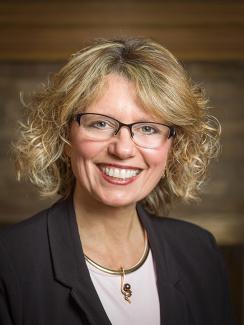
Maximize the Use of Your RMD’s
If you own an IRA or 401(k), you’ll be subject to Required Minimum Distributions, or RMD’s on the traditional or pre-tax portion of the account. The Required Beginning Date, or RBD has changed recently, going from 70 1/2 to age 72, increasing to 73 in 2023. Essentially, this taxable distribution is required so that the IRS can now get it’s revenue from the growth of your tax-deferred retirement accounts.
I have some clients who do not need the money that results from their RMD distributions. They may have income from other sources such as a business, pensions, social security, or non-retirement accounts. Some people also just do not spend all that much money in retirement. So, what can we do with the money when it is forced out? Sometimes, we simply take the after-tax amount of the distribution and reinvest it into a non-retirement investment account with the intention to continue growth of the money. That way, we’ve satisfied the government with the distribution but can keep the net proceeds growing by another means.
Another option, if one is charitably inclined or desires to leave a legacy to their children, is to use the RMD money to pay premiums on a life insurance policy, designating charities or loved ones as beneficiaries, or a combination thereof. This can be a great leverage of dollars, meaning, more money will come out of the life insurance policy by means of a death benefit, than was put into the policy by means of premium funding. Furthermore, if one can qualify through underwriting, we can also add a long-term care rider. Then, if long-term care is needed, we’ve created an additional revenue stream to pay for the care. To sweeten the deal, death benefit proceeds from a life insurance policy are ordinarily paid income tax free to beneficiaries, and long-term care benefits from a qualified policy are also paid income tax free.
Are you subject to RMD’s but don’t really need the money? These are just two ways that we oftentimes maximize the use of RMD’s.
LouAnn Schulfer of Schulfer & Associates, LLC Wealth Management can be reached at (715) 343-9600 or louann.schulfer@lpl.com. SchulferAndAssociates.com , louannschulfer.com or louann.biz
Securities and advisory services offered through LPL Financial, a Registered Investment Advisor. Member FINRA/SIPC.

